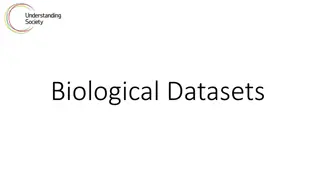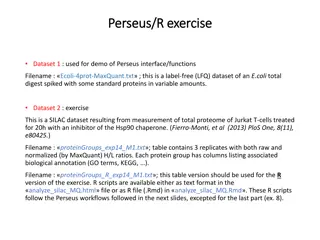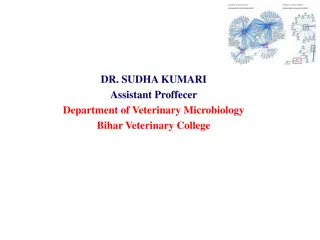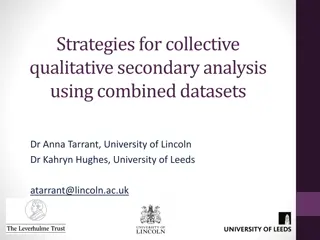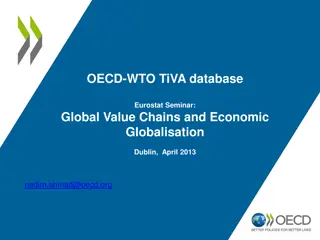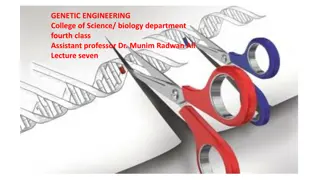Challenges in High-Value Datasets Creation and Transformation Processes
The creation and transformation process of high-value datasets, such as POP-WILDFIRE, face challenges like schema harmonisation, schema creation, and data transformation. Issues include identifying pan-European datasets, data pre-processing, aligning with INSPIRE directive, and adapting existing methodologies. The project aims to mitigate potential wildfire risks and assess vulnerability. Funded by the European Commission, these challenges highlight the importance of aligning data sources and ensuring interoperability for effective outcomes.
Download Presentation

Please find below an Image/Link to download the presentation.
The content on the website is provided AS IS for your information and personal use only. It may not be sold, licensed, or shared on other websites without obtaining consent from the author. Download presentation by click this link. If you encounter any issues during the download, it is possible that the publisher has removed the file from their server.
E N D
Presentation Transcript
GO-PEG Schema creation and transformation processes "A step towards High Value Datasets" With the support of the European Commission Funded by the Innovation and Networks Executive Agency (INEA) under Action No 2018-EU-IA-0093
POP-WILDFIRE Use Case description Wild fires cause incalculable environmental and economic losses every year, and threatens several populated areas. The aim of POP_Wildfire is to obtain the POTENTIAL WILDFIRE RISK, and in a second phase to assess the vulnerability for the population directly affected by this threaten. Data flow image used to define the model Funded by the Innovation and Networks Executive Agency (INEA) under Action No 2018-EU-IA-0093
POP-WILDFIRE challenges: Schema harmonisation Understanding how the different data sources can be included into the model. First challenge has been the identification of pan-European datasets with valid data to be included in a model that was originally design using datasets available only for Spain. Need for data pre-processing to adapt the existing pan-European datasets into the suitable schema to feed the process. The use of national/regional level datasets in the original study and the difficulty to find valid pan- European datasets to be used, clearly exemplify why we need INSPIRE, the European directive for spatial data interoperability. Lack of metadata in datasets identified as source of relevant information (not aligned with INSPIRE), making impossible their use. Funded by the Innovation and Networks Executive Agency (INEA) under Action No 2018-EU-IA-0093
POP-WILDFIRE challenges: Schema creation The final output will be enclosed within the Annex 3 > Natural Risk Zones Adapting the outputs of the existing methodology to match the different feature Types within the INSPIRE directive has been identified as a potential loss of relevant information. Use of the existing INSPIRE UML model as a frame reference to define the new output model, capturing the relevant information associated to the different features. PHASE 1 output (Potential Wildfire Risk Map) and intermediate outputs more aligned with RiskZone feature Type PHASE 2 output (POP_Wildfire) more aligned with HazardArea feature Type Funded by the Innovation and Networks Executive Agency (INEA) under Action No 2018-EU-IA-0093
POP-WILDFIRE challenges: Data transformation Need for data pre-processing to adapt the existing pan- European datasets into the valid schema to feed the process. Existence of different vegetation & bioclimatic models that need to be comparable Differences in spatial resolution on the input datasets that need to be corrected Funded by the Innovation and Networks Executive Agency (INEA) under Action No 2018-EU-IA-0093
THANK YOU With the support of the European Commission Funded by the Innovation and Networks Executive Agency (INEA) under Action No 2018-EU-IA-0093







